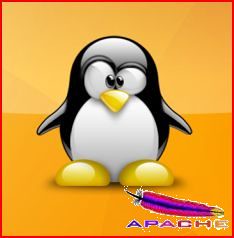I was setting up a new server and compiling some apache conectors when I came across this error:
me@server.com: make
cd . && aclocal
/bin/sh: aclocal: command not found
make: *** [aclocal.m4] Error 127
Where does this come from and how do you fix it?
It's part of Automake . To fix it on Debian/Ubuntu:
apt-get install automake
and CentOs
yum install automake
Or you can download and set it up here.
me@server.com: make
cd . && aclocal
/bin/sh: aclocal: command not found
make: *** [aclocal.m4] Error 127
Where does this come from and how do you fix it?
It's part of Automake . To fix it on Debian/Ubuntu:
apt-get install automake
and CentOs
yum install automake
Or you can download and set it up here.






